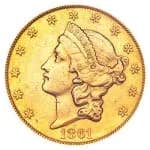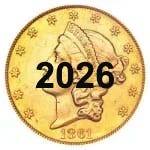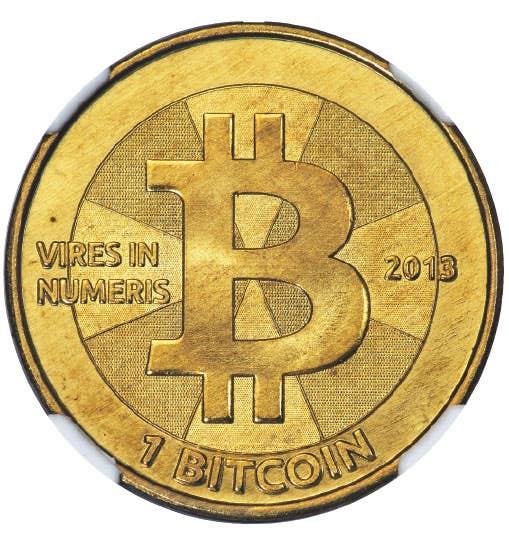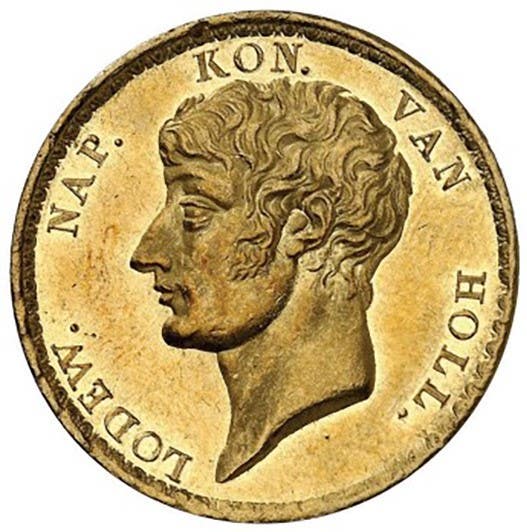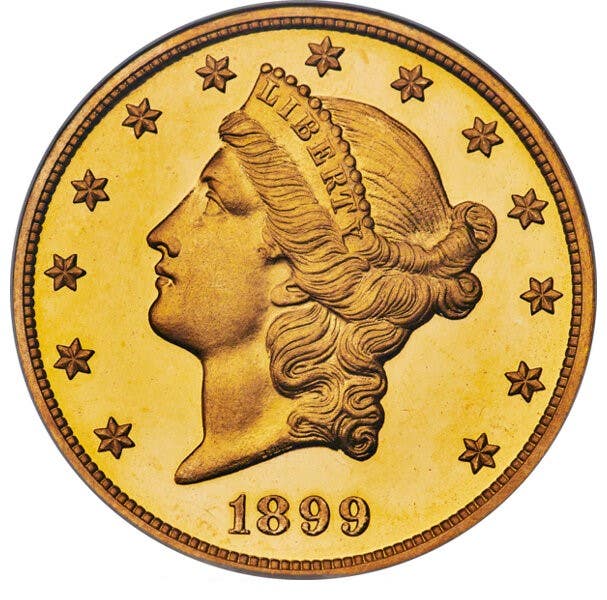When higher costs mean higher prices
I had a question awaiting me in my email this morning. It is one that has popped up more frequently this year. It has to do with retail pricing of…
I had a question awaiting me in my email this morning. It is one that has popped up more frequently this year. It has to do with retail pricing of proof sets.
The collector asks why the Coin Market price guide listed price is lower for a set than the total for all the proof coins priced individually.
The answer you might call the Wal-Mart principle, though I learned it in numismatics long before I ever heard of Wal-Mart.
If you buy a big bottle of laundry detergent, for example, the cost is lower than if you bought a number of smaller bottles that equaled the quantity contained in the larger bottle. The cost of packaging and selling the smaller bottles is higher than for the larger bottle.
The same principle applies to coin dealers. To break up a proof set and sell coins individually requires coin dealers to put them in separate holders, have separate inventory entries and ship them out separately.
Whether dealers then write a listing for an ad for Numismatic News or for eBay, for a set, there is just one listing. To separately list all of the coins in the set takes more effort.
Specifically, the set in question in the email is a 2002 clad proof set, which is comprised of 10 coins. It has a value of $6.85.
The individual pieces could go up to 10 different buyers. It takes much more work to keep individual coins in inventory and to package them up for mailing. It is a great deal more postage than for a single set, though postage is usually an additional charge.
Also, when dealers break up a proof set, they are likely to be stuck with partially unsold sets. The remainders are less popular coins. It is easier to sell proof cents, quarters, halves and dollars than it is to sell the nickels and dimes. Dealers have to cover the costs of these unsold coins in addition to all of their other costs.
What it boils down to is since it is more costly to handle individual proof coins versus an entire set, these costs get passed on to the buyer. This difference is therefore reflected in retail price guides.
There can also be special cases where individual proof coins being sold are graded higher than what might be expected to be found in a set sold intact, but that is a topic for another blog.
Does the fact that the proof set question was asked mean that there might be a growing interest in them now and in the future? That would be a hopeful development in this hobby of ours.
Buzz blogger Dave Harper is winner of the 2013 Numismatic Literary Guild Award for Best Blog and is editor of the weekly newspaper "Numismatic News."
- Subscribe to the NumisMaster Coin Price Guide for access to the web’s most comprehensive list of coin values
- Join the NumisMaster VIP Program for free subscriptions, store discounts, and more!
- Buy and sell coins, currency, and more in our online classifieds

